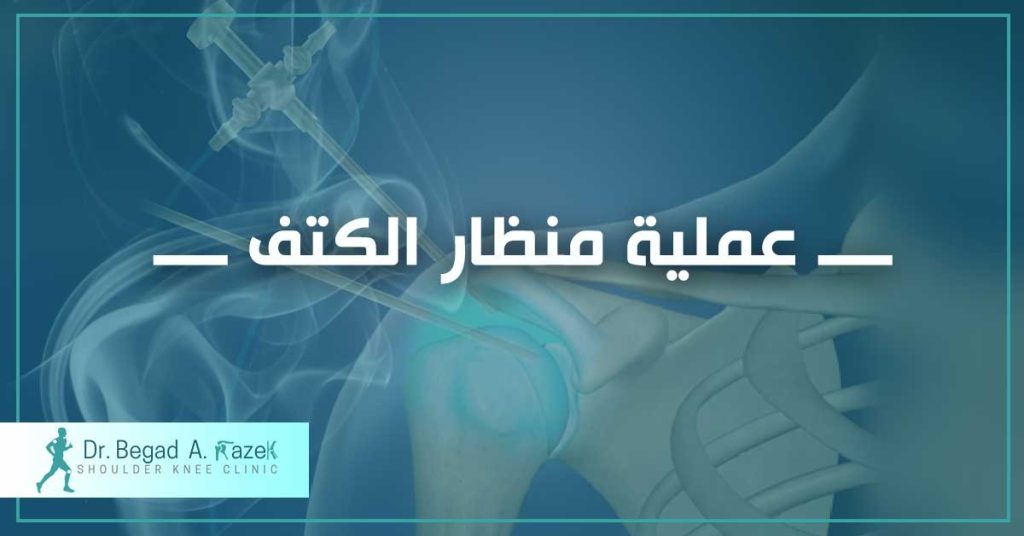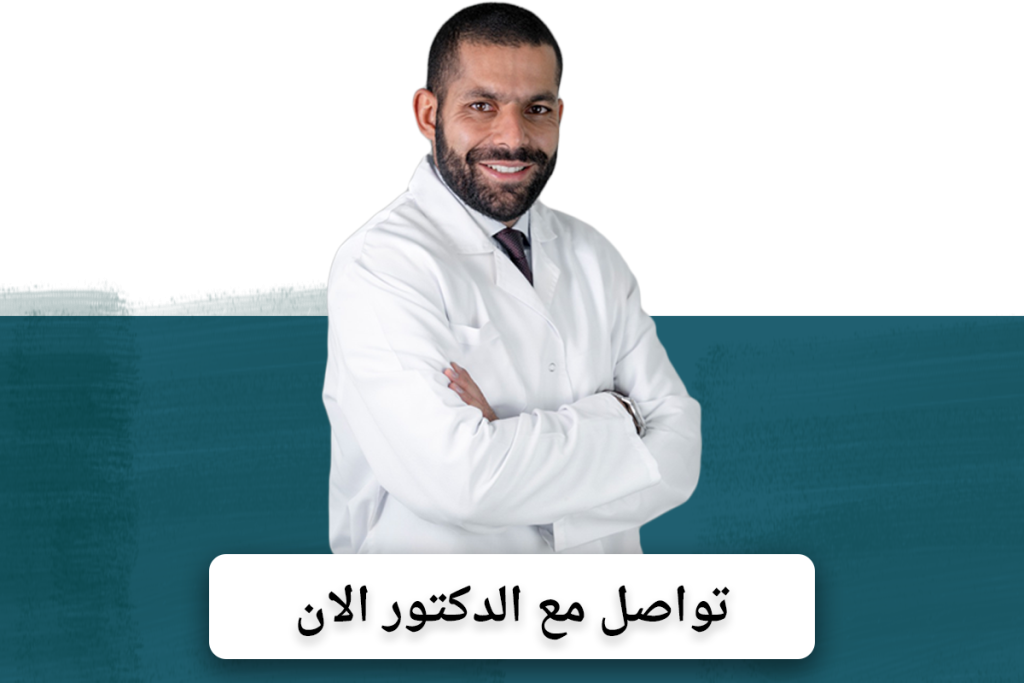
Shoulder arthroscopy, also known as shoulder arthroscopy or shoulder arthroscopy, is a surgical procedure used to diagnose and treat injuries and medical conditions of the shoulder joint. This operation is performed using a small device called an endoscope that is inserted through a small incision in the skin in the shoulder area.
Here are the general steps for shoulder arthroscopy:
- Anesthesia: The patient is given general or local anesthesia according to the surgeon’s recommendation and the patient’s wishes.
- Insertion of the endoscope: A small incision is made in the skin in the shoulder area, and the endoscope, which contains a small camera and thin surgical tools, is inserted through this incision. The endoscope allows the surgeon to see tissues and joints clearly on a viewing screen.
- Condition evaluation: The surgeon evaluates the condition of the joint and surrounding tissues to detect any injuries or deformities. Necessary tests may also be performed to determine the cause of pain or weakness in the shoulder.
- Treatment: Based on the evaluation of the condition, the surgeon performs the necessary therapeutic procedures. This may include repairing damaged tissue, clearing the joint of factors causing pain or inflammation, removing trapped objects within the joint, or reattaching torn ligaments or tendons.
- Closure and healing of the wound: After performing the necessary procedures, the speculum is removed and the wound is closed with nails or absorbable sutures. A bandage is applied and the patient is given instructions regarding the necessary care of the wound.
- Recovery period: After the operation, the patient is transferred to the recovery room where he is monitored for some time. The patient is usually allowed to go home on the same day or the next day.
The duration of the operation and recovery period varies depending on the nature of the condition and the type of treatment performed. The patient should follow the surgeon’s instructions regarding post-operative care, including taking prescribed medications and working to slowly and progressively strengthen and move the shoulder according to the surgeon’s directions and follow-up medical examination.
It is important for the patient to consult his treating physician to obtain more detailed information about the operation, the necessary preparations, and what he can expect after the operation.

Are there possible side effects of shoulder arthroscopy?
Yes, there are some possible side effects of shoulder arthroscopy, although they rarely occur. These side effects may include:
- Pain and swelling: The patient may feel pain and swelling in the shoulder area after the operation. Pain can usually be relieved with prescribed analgesic medications, ice, and rest.
- Bleeding: Light bleeding may occur in the wound area. The patient should change the bandage regularly and adhere to the surgeon’s instructions regarding the management of any bleeding.
- Infection: The risk of infection may occur in the wound area. The patient should keep the wound clean and follow the surgeon’s instructions regarding care to reduce the risk of infection.
- Scar formation: Small scars may form at the wound site. These scars are usually small and disappear over time, but in some cases they may remain noticeably visible.
- Temporary restriction of movement: The patient may experience temporary restriction of shoulder movement after the procedure. This restriction can last for a short time and gradually improve with physical exercises and rehabilitation therapy.
- Risk of arthritis: In some rare cases, inflammation of the joint may occur after the operation. The patient should monitor any signs indicating arthritis, such as severe pain, redness, swelling, and heat, and contact the doctor if any of these signs appear.
The patient should contact a doctor if side effects persist or worsen abnormally. The doctor should provide specific directions about the post-operative care and follow-up necessary to ensure full recovery and minimize any potential complications.
Recovery time after shoulder arthroscopic surgery
The recovery period after shoulder arthroscopy varies from person to person and depends on several factors, including the nature of the condition and the type of treatment performed. However, there are some general guidelines on how long to expect to recover:
- Pain and swelling: The patient may feel pain and swelling in the shoulder for a period after the operation, and this swelling and pain usually improve within two to four weeks of the operation.
- Return to work: The patient may be able to return to work part-time or full-time after two to four weeks, depending on the nature of the work and the extent of the operation’s impact on the shoulder.
- Physical exercises and rehabilitation therapy: Patients are usually recommended to begin physical exercises and rehabilitation therapy to regain normal shoulder strength and movement. This work may take between three to six months depending on the patient’s condition and the progress of recovery.
- Driving and routine activities: The patient may need a period of time before he can fully resume driving and participating in routine activities. The patient should consult a physician regarding these issues and follow specific directions.
Most patients notice a noticeable improvement in their condition during the first weeks after the operation and gradually regain the ability to use the shoulder normally. However, the patient must adhere to the doctor’s instructions and participate in rehabilitation treatment to ensure full recovery and reduce the risk of complications.
It is important for the patient to know that this estimated duration may vary from one case to another and some complex cases may require a longer recovery time. The patient should consult his physician to obtain a more accurate estimate based on his individual condition.
Are there exercises I can do at home to promote shoulder recovery?
Yes, there are some exercises you can do at home to enhance shoulder recovery after shoulder arthroscopic surgery. However, you should consult your doctor or physical therapist before starting any exercises to make sure they are suitable for you in your particular condition. Here are some general exercises that may help:
- Range of motion exercises: Use a rope or elastic band to perform range of motion exercises. Start with simple movements such as shoulder raises and simple shoulder rotations. Then gradually increase movement as your recovery progresses.
- Muscle-strengthening exercises: You can use light weights (such as bottles filled with water) or elastic resistance to perform muscle-strengthening exercises. Some helpful exercises include side raises, front raises, side bends, and back presses.
- Stability exercises: These exercises include strengthening the muscles surrounding the shoulder to enhance stability and balance. You can do exercises like back squats, stability ball exercises, and backbends.
- Balance exercises: Balance exercises help enhance the ability to maintain balance and stability. You can try standing on one leg and maintain balance for a few seconds and then switch to the other leg.
Make sure to perform the exercises gently and without excessive strain. Start at an appropriate level of difficulty and gradually increase mobility and resistance as your recovery progresses. If you feel any abnormal pain while performing exercises, you should stop and consult a doctor.
In general, physical therapy and exercises directed by a physical therapist can be very helpful to promote shoulder recovery and restore normal movement and strength.

